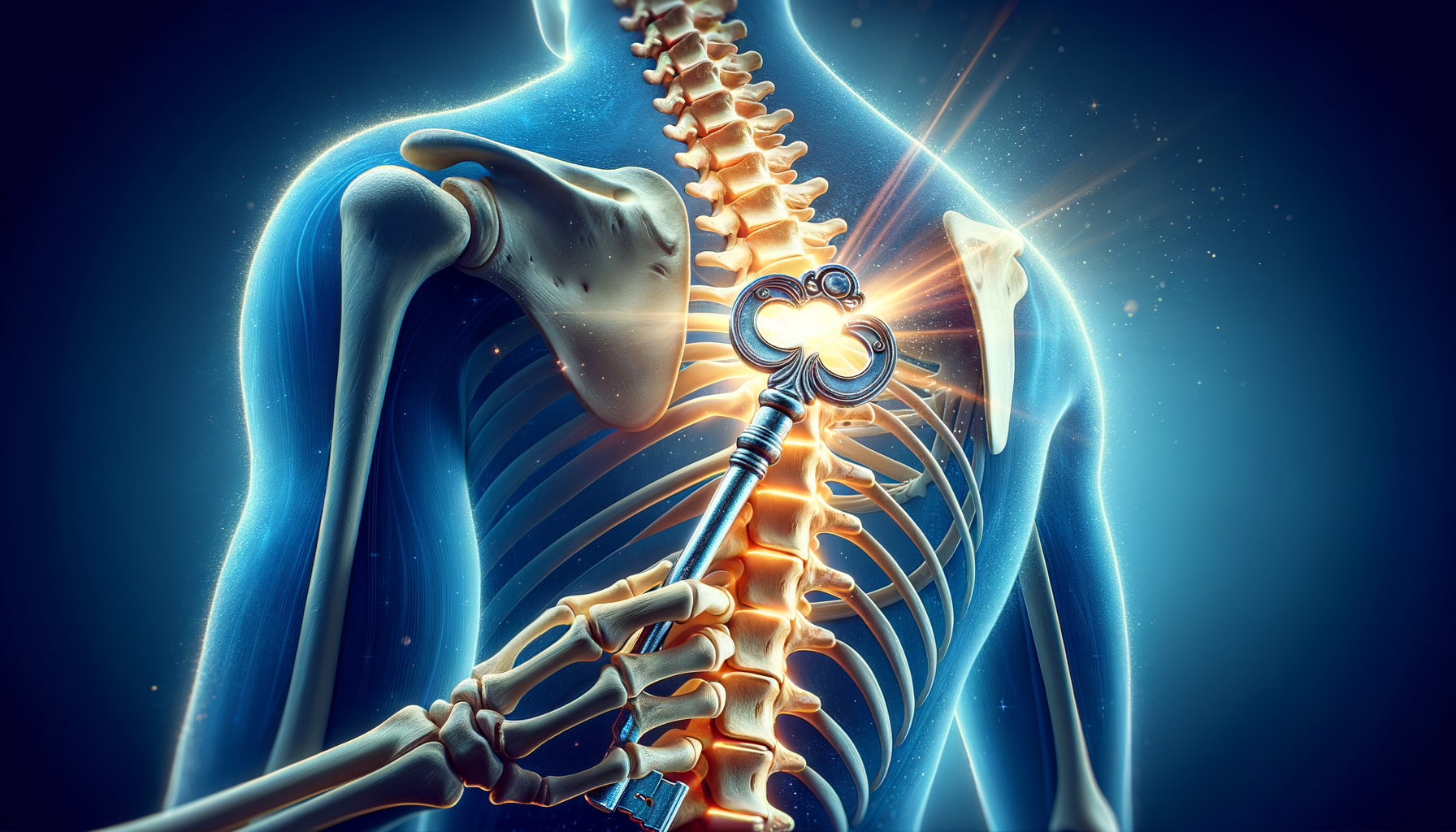
Discover the key to a healthier body by reducing back pain and enhancing well-being!
Understanding the Causes of Back Pain
Back pain is a common ailment that affects millions of people worldwide. Understanding its causes is the first step in finding effective treatments. Back pain can be categorized into two main types: acute and chronic. Acute back pain is usually a result of a specific incident, such as lifting a heavy object improperly or a sudden awkward movement, leading to muscle or ligament strain. On the other hand, chronic back pain persists for more than three months and might not have a clear cause.
Several factors contribute to back pain, including poor posture, sedentary lifestyle, obesity, and stress. Poor posture, especially when sitting for extended periods, places undue stress on the spine, leading to discomfort. A sedentary lifestyle can weaken muscles, making them less capable of supporting the spine. Obesity increases the load on the back, while stress can lead to muscle tension, exacerbating pain.
Understanding these causes is crucial in preventing and managing back pain. By addressing lifestyle factors and adopting preventive measures, many individuals can reduce the risk of developing back pain or alleviate existing discomfort.
Effective Exercises for Back Pain Relief
Exercise plays a pivotal role in managing back pain. Engaging in targeted exercises can strengthen the muscles supporting the spine, enhance flexibility, and improve posture. Here are some exercises that are particularly beneficial:
- Stretching: Regular stretching can alleviate tension in the back muscles. Focus on stretches that target the lower back, hamstrings, and hip flexors.
- Core Strengthening: A strong core supports the spine and reduces the risk of injury. Exercises like planks and bridges are excellent for building core strength.
- Low-Impact Aerobics: Activities such as walking, swimming, or cycling can improve cardiovascular health without placing excessive strain on the back.
It’s important to start slowly and gradually increase the intensity of exercises. Consulting a physical therapist can provide personalized guidance, ensuring exercises are performed correctly and safely.
The Role of Nutrition in Back Pain Management
Nutrition is often overlooked in the management of back pain, yet it plays a significant role in overall health and well-being. A balanced diet can help reduce inflammation, promote healing, and maintain a healthy weight, all of which are crucial in managing back pain.
Key nutrients that support back health include:
- Calcium and Vitamin D: Essential for bone health, these nutrients help maintain strong bones and prevent conditions like osteoporosis.
- Omega-3 Fatty Acids: Found in fish oil and flaxseeds, these have anti-inflammatory properties that can reduce pain and swelling.
- Antioxidants: Vitamins C and E, found in fruits and vegetables, help combat oxidative stress and support healing.
Maintaining a healthy weight through a nutritious diet can also alleviate pressure on the spine, reducing the risk of pain. Incorporating a variety of nutrient-rich foods into daily meals can make a significant difference in managing back pain.
Alternative Therapies for Back Pain
In addition to traditional medical treatments, alternative therapies can offer relief for those suffering from back pain. These therapies focus on holistic approaches and can be used in conjunction with conventional treatments.
Chiropractic Care: This involves manual adjustments of the spine to improve alignment and relieve pain. Many individuals find chiropractic care beneficial for back pain relief.
Acupuncture: An ancient Chinese practice that involves inserting thin needles into specific points on the body. Acupuncture is believed to stimulate the body’s natural pain-relieving mechanisms.
Massage Therapy: Regular massage can reduce muscle tension, improve circulation, and promote relaxation, all of which can help alleviate back pain.
While these therapies can be effective, it’s important to consult healthcare professionals to ensure they are appropriate for your specific condition.
Preventive Measures to Avoid Back Pain
Prevention is always better than cure, and this is especially true for back pain. By adopting certain habits and lifestyle changes, individuals can significantly reduce the risk of developing back pain.
Here are some preventive measures:
- Maintain Good Posture: Whether sitting or standing, maintaining a neutral spine position can prevent unnecessary strain.
- Stay Active: Regular physical activity keeps muscles strong and flexible, supporting the spine and reducing the risk of injury.
- Lift Properly: When lifting objects, bend at the knees and keep the object close to the body to avoid straining the back.
- Use Ergonomic Furniture: Invest in chairs and desks that support good posture, especially if you spend long hours sitting.
By incorporating these habits into daily life, individuals can protect their backs and enjoy a pain-free life.


